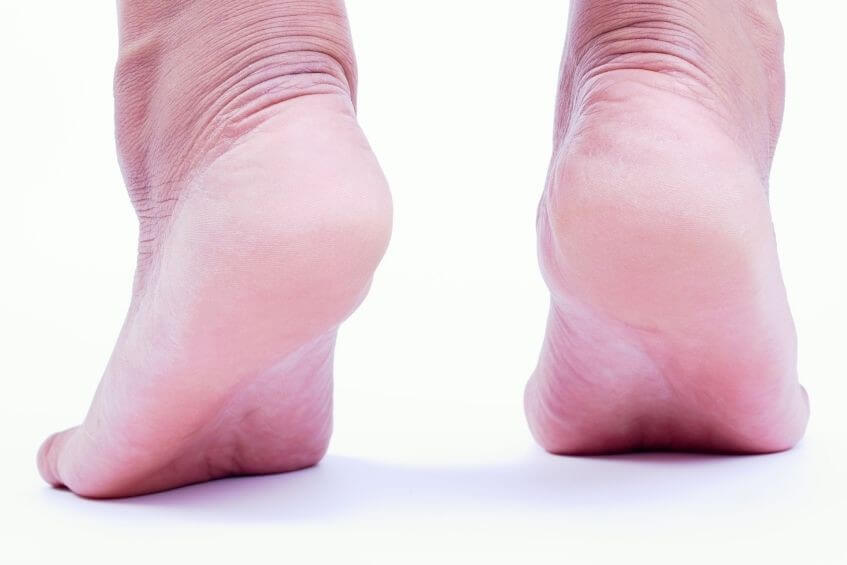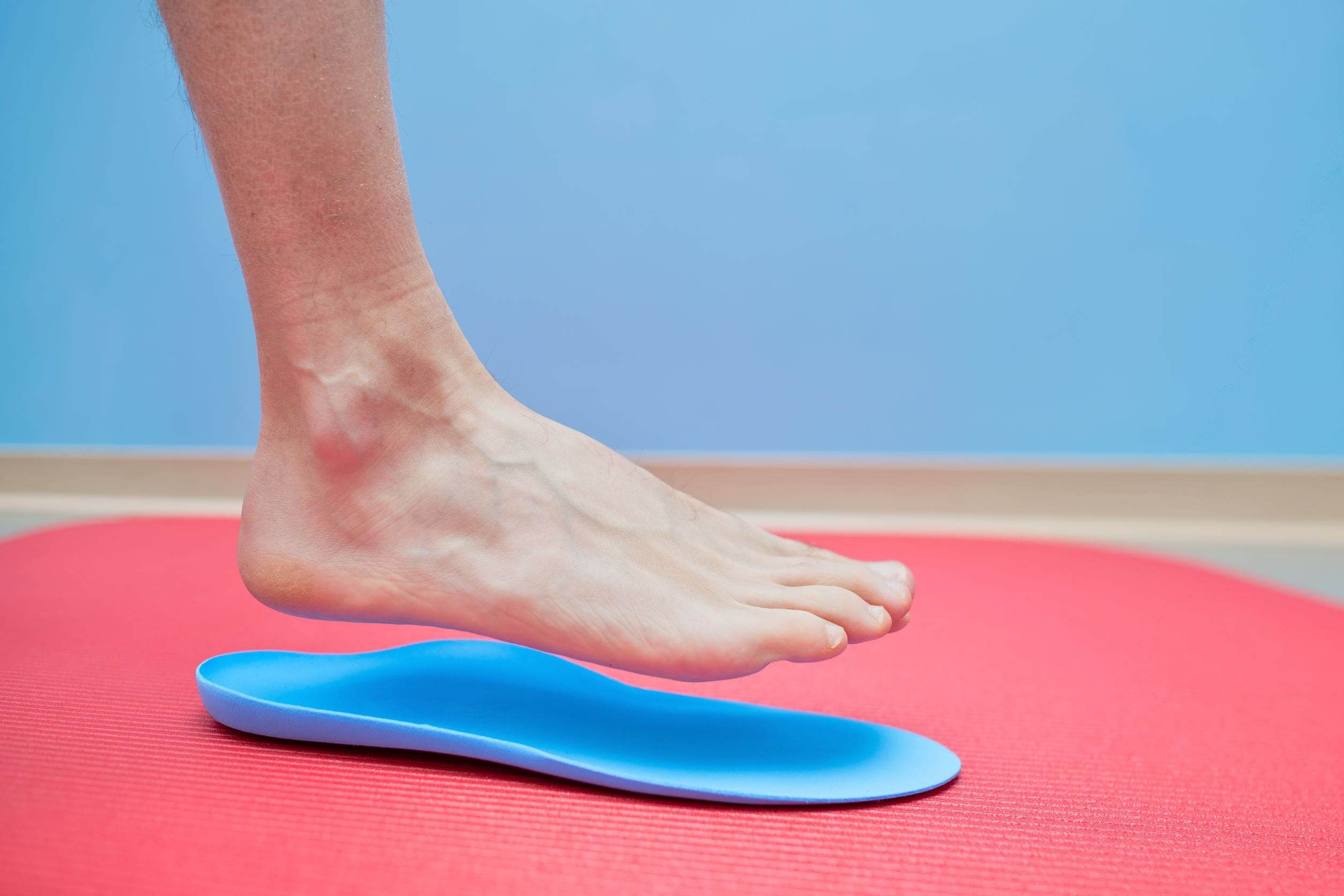
Having Joint Hypermobility means that your joints are able to move beyond a ‘normal’ range of motion, and are very flexible. This is often referred to as being ‘double-jointed and is relatively common’. The most commonly affected joints are your elbows, wrists, fingers and knees.
For most people, having hypermobile joints doesn’t cause any pain or medical complications. For 3% of the population, however, severe hypermobility may be a sign of a more serious genetic condition named Joint Hypermobility Syndrome (JHS). JHS is accompanied by joint pain, joint and ligament injuries, fatigue, and digestive issues, alongside many other troubling symptoms.
Being diagnosed with JHS can be daunting and confusing, and many people are unsure what the implications are for their overall health and wellbeing, their quality of life, and their ability to participate in work or exercise.
Our podiatrists are experienced in working with many patients with JHS to support them in managing their joint hypermobility and any knee, hip or ankle problems that may arise, so they can continue to live and work as normally and safely as possible, and with as little pain as possible. As hypermobility can change over time, working with a trusted podiatrist who understands your unique situation and condition is important to ensure that you are future-proofing your body’s health and protecting your joints against any future injury.
Joint Hypermobility Syndrome is a connective tissue disorder. Thick bands of tissue called ligaments are responsible for holding your joints
together throughout your body, and prevent them from moving too much or too far out of a healthy range. In people with JHS, these ligaments
stretch much more, and are weaker. If you have joints that are far more flexible than normal, and it causes you pain, it may be worthwhile
to see if you have JHS.

The most common symptom of JHS is extreme flexibility and pain in your joints and muscles, but other symptoms may include:
The precise cause of JHS is not known, however, the condition tends to run in families. The genes that are responsible for creating collagen throughout the body are believed to play a role.
Collagen is the protein that adds flexibility and strength to your skin, joints, ligaments and tendons, and is otherwise known as the ‘glue’ that holds your entire body together. People with JHS have weaker and stretchier ligaments, which causes them to have looser and more hypermobile joints. These ligaments are stretchier because there is a defect in the way that their collagen is formed, leaving them with faulty or weak collagen.
JHS often runs in families and therefore is an inherited condition. It is believed that if one parent has hypermobility, one in two of their children will also have it. Hypermobility can also be influenced by:
To be diagnosed with JHS, you will need to undergo a physical exam with a podiatrist or other health provider to assess the range of motion in your joints. They may also request blood tests to rule out any other possible genetic conditions.
Typically, a questionnaire called the Beighton score will be used to measure the flexibility of your joints, by placing it on a nine-point scale. You receive one point if you can do each of the following:
If you receive a score of four or more points and experience pain in four or more joints for at least three months, you may be diagnosed with JHS.
As everybody (including people with JHS) experience lessening flexibility as they get older, you may also be asked how hypermobile your joints were when you were younger. The five questions are:
If you answered “yes” to two or more questions, this may be a sign of JHS.
Joint hypermobility syndrome is a genetic disorder that you inherit at birth, so it can’t be prevented or cured. The good news is that we can help you manage the symptoms, which tend to decrease with age. As the symptoms of JHS can range from mild to severe, it’s important to work with a trusted podiatrist team to learn ways to protect your joints and manage your pain.
You can help improve your joint and muscle strength by:
There is a wide variation in the shape of the foot in people who are hypermobile. Most tend to have flat feet but a few have a high-arched foot, which can cause pain and problems when walking. In addition to this, patients with JHS experience higher rates of osteoporosis in their joints. Hypermobility in your feet, knees and hips can also increase the likelihood of strains, sprains and dislocations in these areas.
All of these preceding issues can be managed with the support of a podiatrist. A podiatrist can assess your gait as well as your joint strength and function. They can also prescribe custom foot orthotics or braces that can help support your feet and legs, by reducing harmful movements and preventing injury and deterioration.
Managing the symptoms of JHS means that you can still live a full and active life.

Our feet are the foundation for the entire body, so it's important that they have enough strength to tolerate our activity levels. Use
these three exercises to help strengthen your feet.

Not everyone needs orthotics, but they can play an integral role in treating or relieving pain in several foot and lower limb conditions.

The heat and humidity of an Australian summer makes it a prime time for issues to arise, so our newest podiatrist Lucy has put together
seven helpful tips to keep your feet healthy and problem free throughout summer.
| Monday | 7:40am - 6:00pm |
| Tuesday | 7:40am - 6:00pm |
| Wednesday | 7:40am - 6:00pm |
| Thursday |
7:40am - 6:00pm |
| Friday | 7:40am - 2:00pm |
| Saturday | CLOSED |
| Sunday | CLOSED |
Ground Floor, 344 Queen Street,
Brisbane City QLD 4000
| Monday | 7:40am - 6:00pm |
| Tuesday | 7:40am - 6:00pm |
| Wednesday | 7:40am - 6:00pm |
| Thursday |
7:40am - 6:30pm |
| Friday | 7:40am - 5:00pm |
| Saturday | 7:40am - 4:30pm |
| Sunday | CLOSED |
Newmarket Village, 114/400 Newmarket Rd, Newmarket QLD 4051